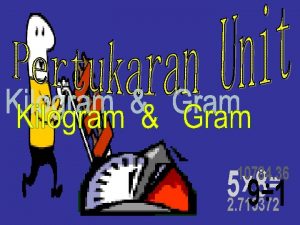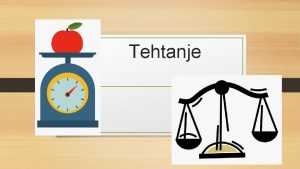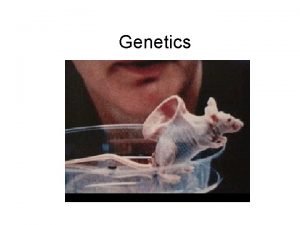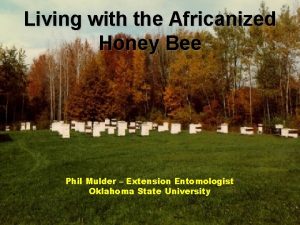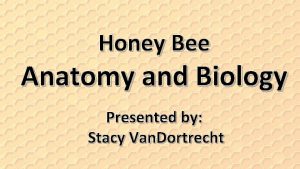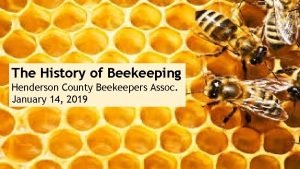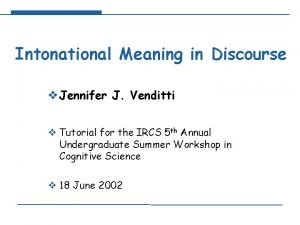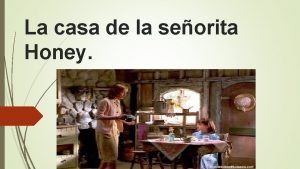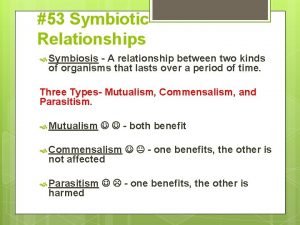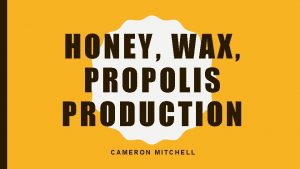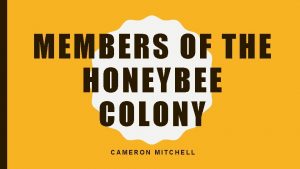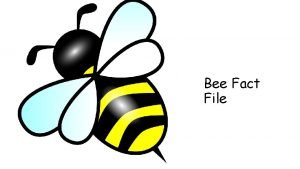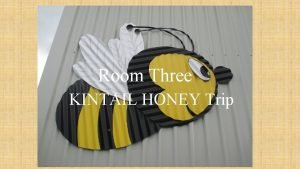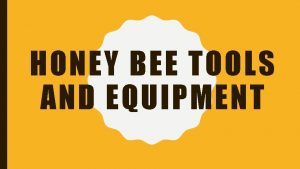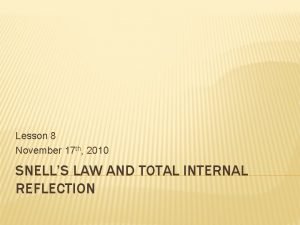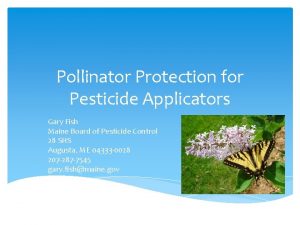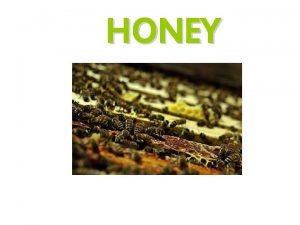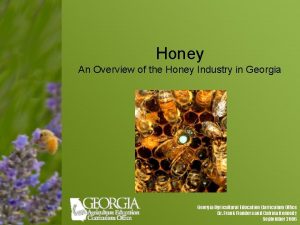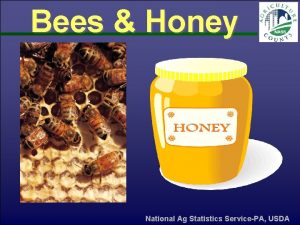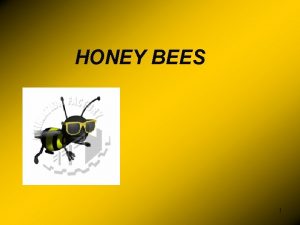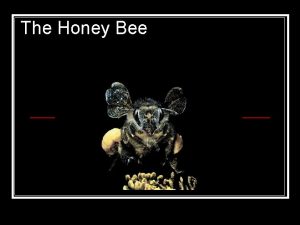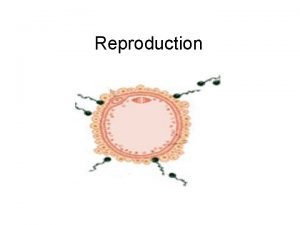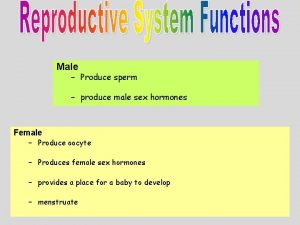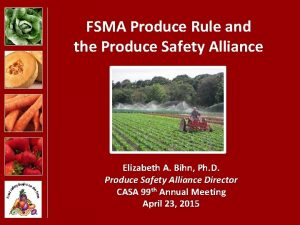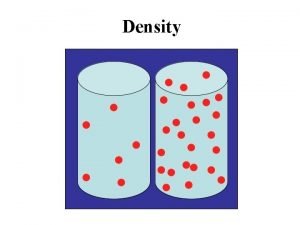Honey math To produce a kilogram of honey











































- Slides: 43


Honey math To produce a kilogram of honey requires 100, 000 loads of nectar = visits to 10 million individual flowers 10 million visits to individual flowers = 400, 000 km in flight = twice the earth’s circumference http: //www. honey. com/

Honey stomach http: //www. jayadeva. com/beexray 2. jpg

Nectar is transferred from the forager to a worker in the hive via mouth-to-mouth exchange (trophallaxis) In the hive, workers repeatedly regurgitate the nectar 100 to 200 times, to allow it to evaporate

Invertase converts sucrose into glucose and fructose

Steps in honey-making 2. regurgitation, concentration and biochemical conversion 3. storing in comb and capping 4. returning for more nectar 1. gathering nectar from flowers honeybee. org. au/wonderfulhoney/ images/Page 4 -5. jpg

Components of honey • Vitamins and minerals – – Ascorbic acid Beta-carotene Tocopherols Ca, P, K, Fe, Cu, Mn, Mg • Enzymes – Catalase – Peroxidase – Glucose oxidase • Sugars -- Glucose -- Fructose -- Sucrose -- Some oligosaccharides • Secondary metabolites – – Alkaloids Flavonoids Organic acids Phenolics


Toxins found in honey • Terpenoids (e. g. , andromedotoxin from rhododendron) • Alkaloids (e. g. , pyrrolizidine alkaloids from tansy ragwort) • Botulinum toxin (from bacterial spores)

Honey hunting scene from the Cave of the Spiders, 6000 BC


Egyptian clay hives 2400 -500 BC


400 BC- 1 AD Greek kept bees inpottery hives, ridged to provide surface for comb 1 AD-300 AD Romans kept bees in at least nine different kinds of hives, including log, wicker, dung, wood, and clay

Roman soldiers carried honey in their medical kits

Virgil (Georgics Book IV. 1. 317) The shepherd Aristaeus, son of Apollo and the water nymph Cyrene, and first instructor in the art of bee management

Medieval skep ca. 1200 AD-the world’s first upright hive

”Driving the bees”

Greek top-bar hive, 17 th century Leaf hive, 1789 (Francis Huber) outdoorplace. org/beekeeping/ graphics/Hive. gif Nutt collateral hive. 19 th century

Reverend L. L. Langstroth, inventor of the movable frame hive, 1851

“Bee space” = approx. 0. 25 -0. 375 inch nanaimo. ark. com/~cberube/ images/5 -4. jpg


Langstroth hive

Commercially desirable attributes of honey • it tastes sweet (baking industry, medicine) • it’s hygroscopic (baking industry, cosmetics) • it can contain antibacterial and antioxidant agents (nutraceutical)



Honey facts and figures Q: How many honey bee colonies are managed in the United States? A: Approximately 2. 5 million colonies Q : How many beekeepers? A: About 2400 keep bees as their principal occupation, but over 125, 000 people keep bees. Q: Which states lead the nation in honey production? A: California, North Dakota, South Dakota, Florida, and Minnesota Q: How much honey does the average colony produce? A: About 40 kg (about 80 lb) of honey per colony, and 9 to 18 kg (20 to 40 lb) of beeswax for every ton of honey harvested. Q: How much honey is produced in North America every year: A: From 150, 000 to 200, 000 metric tons a year. Q: Which nations are the leading producers of honey? A: China, the United States, Argentina, Ukraine, and Mexico Q: Which nations are the leading exporters? A: China, Argentina, and Mexico. Q: Which are the leading importers? A: Germany, the United States, and Japan. . http: //www. everythingabout. net/articles/biology/animals/arthropods/insects/beekeeping/

1 pound of wax = ten pounds of honey mitsurou. com/gif/8 zoom. gif

Attributes of wax that make it useful • it has a low melting point (150 degrees) (so it’s a good lubricant) • its melting point is high enough that it can resist weathering • it repels water (so it’s good for waterproofing • it’s nonpoisonous (so it’s good for cosmetics, ointments, and food products


Candles Lost wax bronze Waterproofing Batik Pysanky




www. jonesbee. com/ images/QUEEN. gif




Propolis--”bee glue” made by honey bees from flavonoidrich resins collected from poplar andother trees

Artepillin C, a component of Brazilian honey, is an efficient antioxidant xlink. rsc. org/

Varroa mite Tracheal mite

Small hive beetle, Aethina tumida (Nitidulidae), discovered in Florida in 1998 http: //www. msstate. edu/Entomology/Beekeeping/small%20 hive%20 beetle. jpg

Small hive beetles… • feed on stored pollen and honey • burrow as larvae through the comb • uncap the cells and defecate into the honey, making it unattractive (to say the least) to the bees • cause honey to ferment
 How many feathers in a kilogram
How many feathers in a kilogram Maatverfijning
Maatverfijning The diagram below represents a 155 newton box on a ramp
The diagram below represents a 155 newton box on a ramp Negative work
Negative work Tempat perpuluhan
Tempat perpuluhan A helicopter holding a 70 kilogram package suspended
A helicopter holding a 70 kilogram package suspended What weighs a kilogram
What weighs a kilogram Koliko dekagramov je en kilogram
Koliko dekagramov je en kilogram Razred kratica
Razred kratica What weighs a kilogram
What weighs a kilogram Density of feathers in kg/m3
Density of feathers in kg/m3 Karpuzun kütlesi nedir
Karpuzun kütlesi nedir Cm dm m
Cm dm m Math game math hit the button
Math game math hit the button Transformation in bacteria
Transformation in bacteria Cockney rhyme
Cockney rhyme Honey bee
Honey bee Honey bee on human body
Honey bee on human body Miss honey's house
Miss honey's house Bee timeline
Bee timeline Honey house
Honey house Accent meaning
Accent meaning Señorita honey
Señorita honey The symbiotic relationship between 53
The symbiotic relationship between 53 Propolis block factories
Propolis block factories Bee reproduction
Bee reproduction Earth's honey fertilizer
Earth's honey fertilizer Fact file about bees
Fact file about bees Estilo reflexivo de aprendizaje
Estilo reflexivo de aprendizaje Honey possum digestive system
Honey possum digestive system Roann mendriq biography wikipedia
Roann mendriq biography wikipedia Honeybadger latency
Honeybadger latency Honey cherian
Honey cherian Visit kintail
Visit kintail Honey spam
Honey spam Honey encryption algorithm
Honey encryption algorithm Learning objectives
Learning objectives A ray of light approaches a jar of honey
A ray of light approaches a jar of honey Los javaloyas honey
Los javaloyas honey Bread and honey meaning
Bread and honey meaning Bread and honey meaning
Bread and honey meaning Gary fish maine
Gary fish maine Gaya pembelajaran honey dan mumford
Gaya pembelajaran honey dan mumford Modern honey network
Modern honey network




